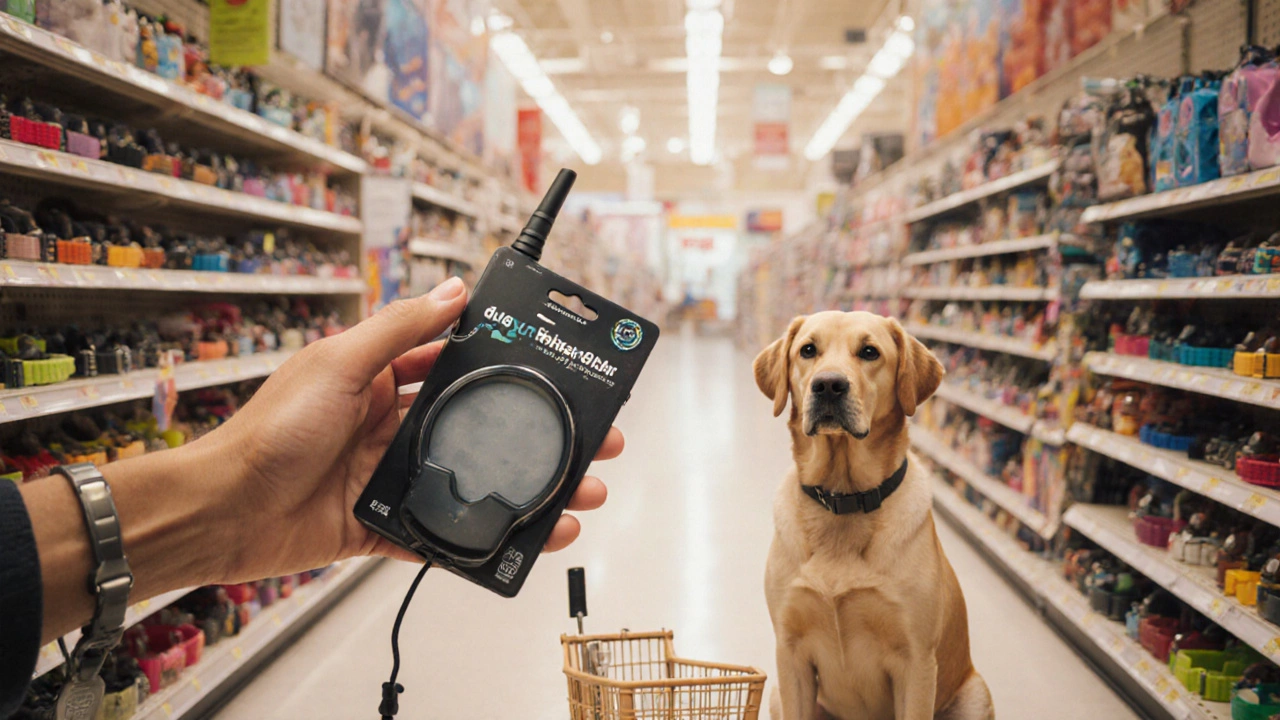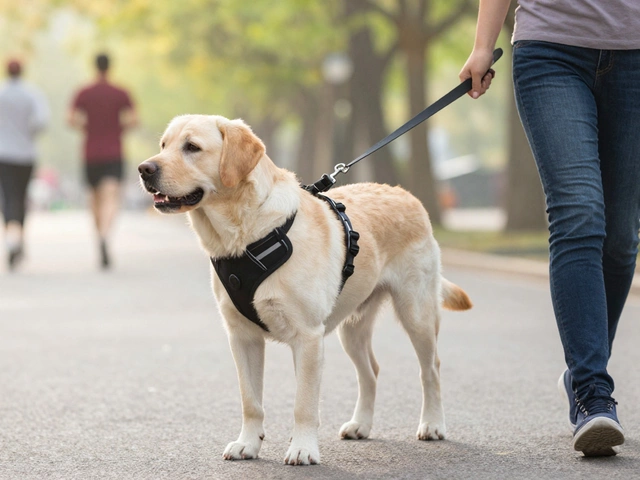Dog Training Collars: What They Are and How to Use Them Safely
If you’re looking for a tool to help train your dog, a training collar might be on your radar. These collars come in several flavors – from simple strap collars to electronic ones that give a tiny buzz. Knowing the differences can save you money, frustration, and keep your pup happy.
Types of Training Collars
First up, the basic flat collar. It’s just a strap that fits around the neck and is useful for attaching tags or a leash. It won’t correct behavior, but it’s a good starter for a leashed walk.
Next, the chain or choke collar. This one tightens when the dog pulls, giving a gentle reminder. Many trainers warn that it can hurt if used wrong, so it’s best for dogs that already respond to basic cues.
Then we have the prong collar. Small metal points sit on the neck and spread pressure when the dog pulls. Some pros swear by it for strong pullers, but the sensation can be intense. If you go this route, make sure the fit is spot‑on and never leave it on unattended.
The most talked‑about option is the electronic or e‑collar. It sends a mild vibration, beep, or static shock when the dog does something you’ve pre‑programmed. Modern e‑collars let you set the intensity, so you can start with a gentle buzz and increase only if needed. The key is to pair the signal with a clear command – the collar is just a cue, not a magic wand.
Choosing the Right Collar for Your Dog
Ask yourself three questions before you buy:
- What is my dog’s size and breed? A small terrier might need a lightweight strap, while a big Labrador could handle a sturdier collar.
- What training goal am I chasing? If it’s basic leash manners, a flat or slight choke collar may do. For off‑lead recall, an e‑collar paired with consistent voice commands works better.
- Do I have experience or a trainer’s help? New owners often benefit from a professional’s guidance, especially with e‑collars or prong collars.
One common mistake is jumping straight to a shock collar because it seems fast. In reality, a solid foundation of obedience commands makes any collar much more effective.
Safety Tips and Best Practices
Never leave a training collar on your dog 24/7. Give breaks every few hours to check for skin irritation. The collar should sit snugly but not choke – you should be able to slip two fingers underneath.
When using an e‑collar, start at the lowest setting. Pair the buzz with a word like “come” and reward the dog immediately. If the dog doesn’t respond, raise the intensity just a notch and try again. Consistency is key; random bursts confuse the animal and can create fear.
Keep the collar’s battery charged. A dead battery means the cue won’t fire, and you might think the dog ignored you.
Finally, watch your dog’s reaction. If he shows signs of stress – ears pinned, tail tucked, excessive panting – stop using the collar and reassess your approach.
Training collars can be a helpful tool, but they’re not a substitute for patience and positive reinforcement. Combine them with treats, praise, and clear commands, and you’ll see steady progress.
Got more questions? Our post “Do Professional Dog Trainers Use Shock Collars?” dives deeper into how pros use (or avoid) e‑collars, and offers a balanced view of humane training methods.

Shock Collar vs E-Collar: Key Differences Explained
Clear, practical guide that explains the difference between shock collars and e‑collars, covering how they work, safety, legal issues, and how to choose the right one.
read more
How Prong Collars Can Help and What to Know About Stopping Dog Pulling
Prong collars can be a controversial tool in the world of dog training. This article explores whether prong collars can effectively stop dogs from pulling and examines how they work, their safety, and alternative methods. We will look into the opinions of experts and discuss tips for using them correctly. Discover the steps to use training collars effectively and provide a better walking experience for you and your pet.
read more



